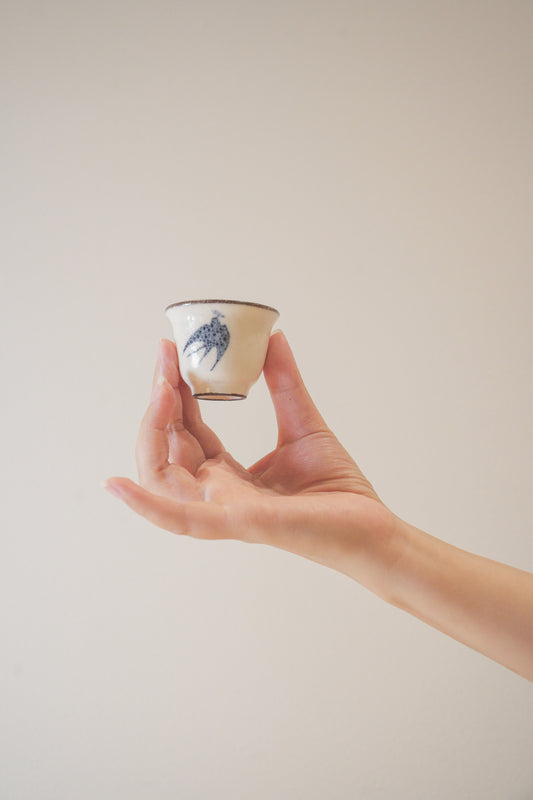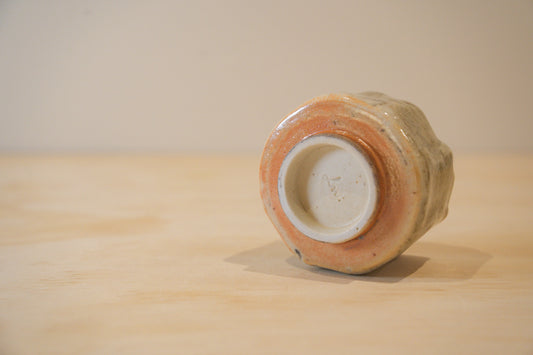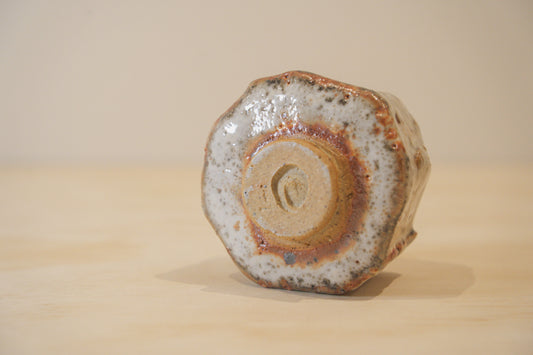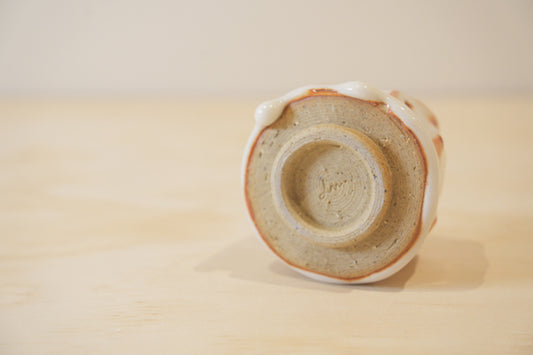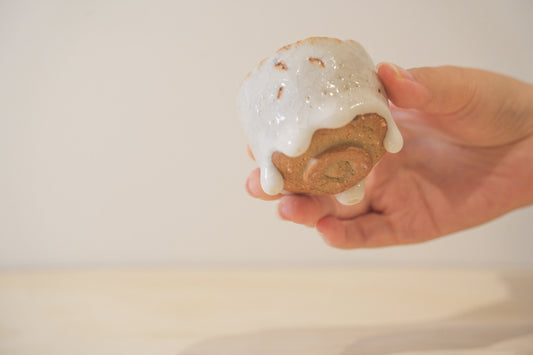
Embracing the Art of Wood-Fired Ceramics: A Dance of Fire, Ash, and Tradition
Share
Imagine holding in your hands a work of art created by the skilled touch of human fingers and the capricious dance of flame. This is the essence of wood-fired ceramics—a centuries-old art form that transforms raw clay into unique, spirit-filled containers by the time-worn process of using wood-fired kilns.
So, what are wood-fired ceramics?
Wood-fired ceramics in their most basic form entail loading clay work into kilns and heating them through the combustion of wood. As the fire burns, wood ash falls over the pottery, merging to create a natural glaze that imbues every piece with a unique character. The outcome? No two pieces ever look alike; each is a tale in itself of fire and alchemy.
In what ways is wood firing unique compared to other techniques?
Most potters today choose electric or gas kilns because of their ease of use and consistency. While these newer approaches are reliable in outcome, they tend to miss the organic feel that wood firing delivers. What is magical about wood firing is that it is unpredictable: where the wood is being burned, the level of humidity, and even the way that the wood is stacked can all influence the colour and final presentation of the pottery. This process welcomes randomness, creating surfaces with abundant textures and colours that are difficult to achieve by other means.
The charm of Natural Ash Glazing

One of the most intriguing qualities of wood-firing ceramics is the natural ash glaze, commonly known in China as "落灰" (luò huī). When firing, while the wood burns, the ash released suspends and lands on the clay surfaces. At high temperatures, the ash reacts with minerals in the clay to create a spontaneous, glaze-like effect. The spontaneous ash glaze creates richness and warmth on the ceramics, with patterns and colours that are random and complementary, making each piece a fortunate masterpiece.
The Role of '窑汗' (Kiln Sweat)

Another interesting phenomenon of wood-fired ceramics is known as "窑汗" (yáo hàn), literally "kiln sweat." It is the term used to describe the glossy, sometimes crystalline deposits found on the surfaces of pottery during firing. These deposits are caused by the volatilisation of minerals present in the clay and wood ash, which then condense on the cooler areas of the kiln and on the pottery. The inclusion of kiln sweat provides a special sheen and texture, enhancing both the tactile and visual appeal of each piece.
Why wood-fired objects?
To select a wood-fired work is more than simply acquiring useful pottery; it is to connect deeply with a tradition that honours the beauty of imperfection and the spirit of the natural world. These pots and dishes address themselves to those who feel an affinity for the "wabi-sabi" aesthetic—a way of seeing that finds beauty in the imperfect and the transient. The surfaces of wood-fired ceramics often bear witness to their journey through the kiln: splashes of molten ash, explosions of unexpected colour, and textures that invite touch and exploration.
The Connection to Chinese Aesthetics
Wood-fired ceramics also have close ties to Chinese aesthetics and philosophy. Historically, areas like Jianyang in Fujian province have been renowned for the production of "Jian ware," which is valued for its deep, lustrous glazes and unique patterns that are achieved through wood firing. The process has an affinity with the Daoist appreciation of spontaneity and living in harmony with nature. Every piece is a testament to the dialogue between human intention and natural energy, a moment frozen in time that addresses both the craft of the maker and the serendipity of firing.
Bringing Tradition into Your Home
Embracing wood-fired ceramics in your life is an homage to this tradition. Whether it's a teacup that enhances your morning routine or a serving dish that becomes a dinner conversation starter, these pieces bring energy to the everyday, infusing it with a sense of history and craftsmanship. When you choose wood-fired components, you're not just acquiring an object with function; you're also adopting an ethos that reveres the beauty of the natural world and the skilled hands that shaped it.
In an age when mass production oftentimes overlooks individuality, wood-fired ceramics present themselves as unique artefacts that each tell their own story etched by fire, ash, and the watchful hand of the craftsman. They invite us to step back, linger in the intricacies of creation, and find loveliness in the unexpected.






